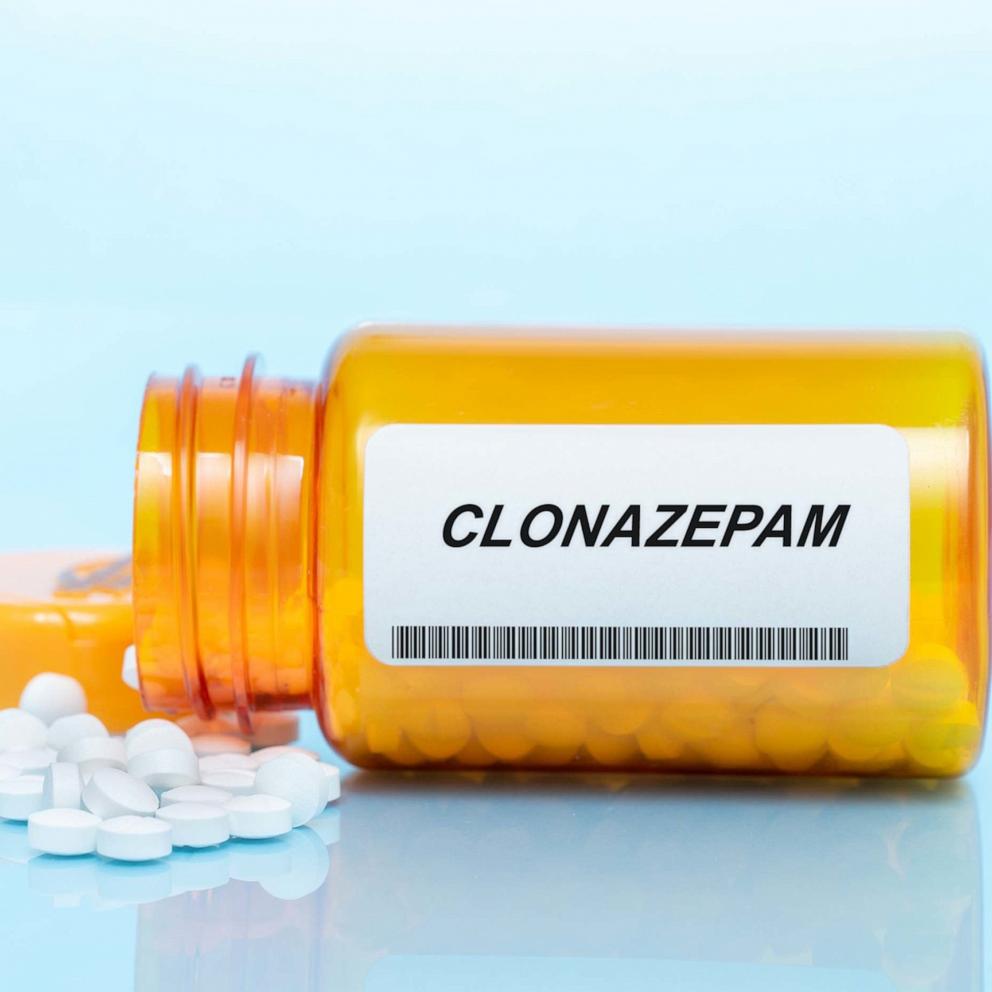What You Must Know About the Chemicals in Your Sunscreen
— -- You probably don’t need to be told (again) how important wearing sunscreen is for reducing your risk of skin cancer, not to mention sunburns and signs of premature aging (think wrinkles). But go ahead and Google “best sunscreens” or even “sunscreen,” and plenty of articles pop up suggesting that the ingredients in many of these products could be harmful or even toxic, leaving you to worry about what’s really going on your skin. And maybe even wonder whether it’s actually safer to go outside without a protective spray or lotion?
The answer: No. In fact, the skin experts Health talked to were adamant that we should be more worried about shielding our skin from the sun’s harmful UV rays than about the chemical makeup of the products we’re using to do that.
“Five million Americans are treated for skin cancer each year, and an estimated 9,940 people will die of melanoma”—the deadliest type of skin cancer—”in 2015,” Steven Wang, MD, head of dermatological surgery at Memorial Sloan Kettering Basking Ridge in Basking Ridge, New Jersey, told Health. “The biggest precaution that you should be taking is using sunscreen. There is enough research at this point from various credible bodies that say sunscreens are safe and, when used appropriately, will reduce skin cancer.”
6 Things Your Dermatologist Wants You to Know About Skin Cancer
Why you might have heard that sunscreen could be dangerousSo, where are people getting the idea that the chemicals in certain sunscreens are potentially hazardous?
For starters, there has been much concern about chemicals thought to be endocrine disruptors in our everyday environment in recent years. Proven endocrine disruptors, which include bisphenol-A and pesticides like DDT, can mimic the hormone estrogen in the body, which may increase risk in humans for low fertility, endometriosis, and certain cancers.
Most recently in regards to sunscreen, a report this year from the Environmental Working Group (a non-profit advocacy organization) once again made reference to “worrisome ingredients like oxybenzone and Vitamin A” commonly found in these protective products.
But the thing is, the actual research on the effects of these “worrisome” ingredients in sunscreen may have been blown out of proportion.Take this 2008 study in the journal Environmental Health Perspectives, for example, which examined concentrations of benzophenonone-3 (a.k.a. BP-3, or oxybenzone) in residents of the United States. The researchers concluded that while exposure to the chemical was prevalent in the population studied, “human exposure to BP-3 has not been associated with adverse health effects.”



